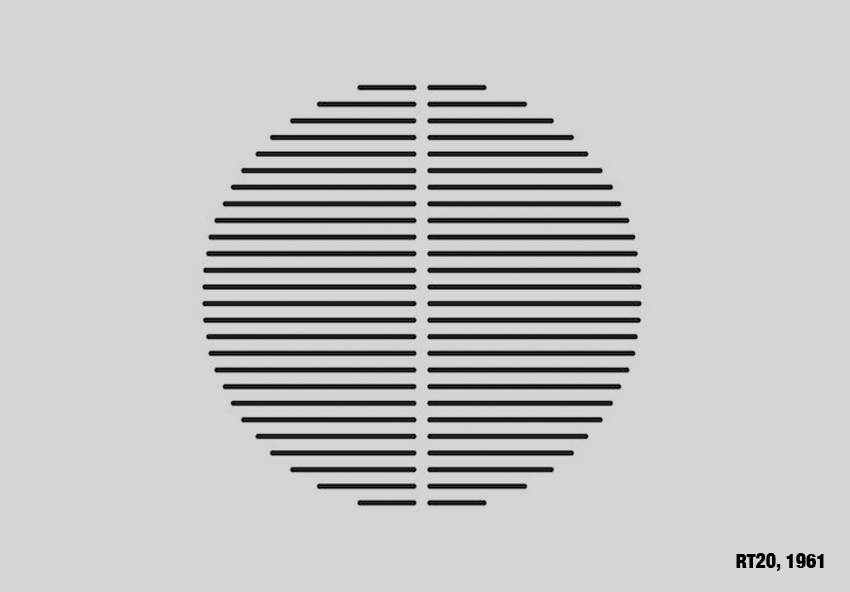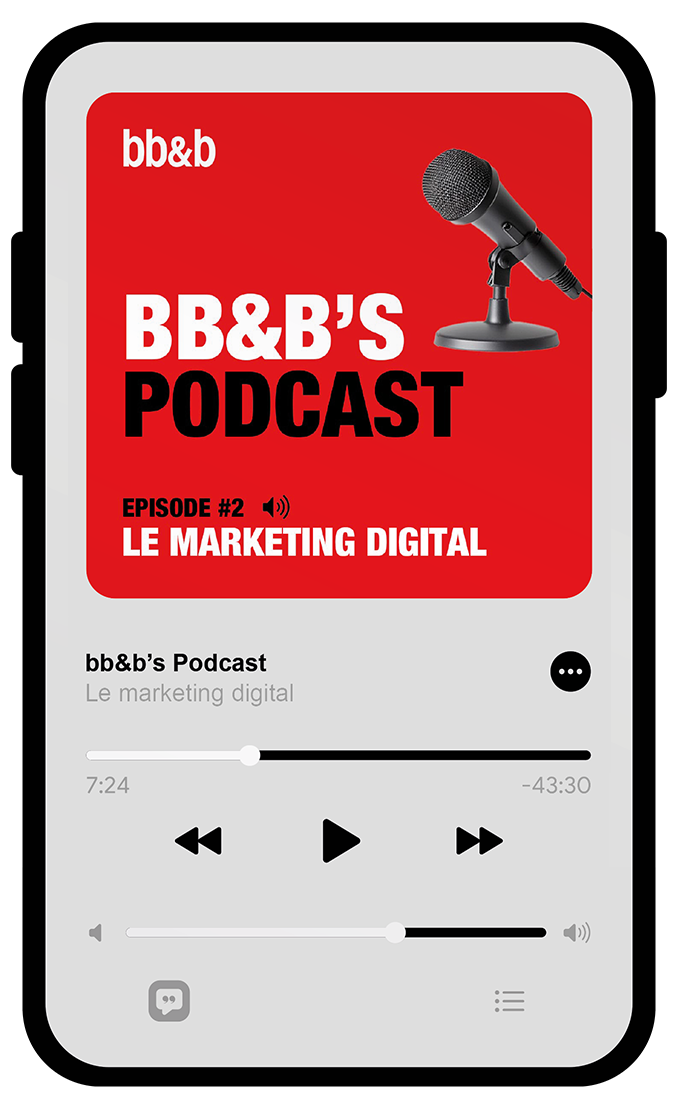© 2025 bb&b communication et marketing industriel
In branding, efficiency and clarity are key. The logic is about subtraction, not addition. Keep what’s necessary, delete the superfluous, and sharpen the essential. Designers and architects have been preaching this for a long time. “Less is more”, said the architect Mies van der Rohe – and with him the entire Bauhaus. “Less, but better” replied the famous German designer Dieter Rams, the spiritual father of Apple’s design. In an obese world that is as overloaded with information as it is with rubbish, we need to clean up our act. Simplicity, utility and durability are timeless virtues.
This minimalist approach does not harm creativity, it actually enhances it. It focuses attention on the fundamentals, declutters the brand message and reinforces its resonance with the target audience. In the B2B context, where decisions are driven by logic and efficiency, ‘Less, but Better’ sublimates a brand’s perception, making its value proposition clearer, more attractive, more honest and therefore more credible.
Adopting this philosophy means discerning, selecting and also rejecting. Quality must uncompromisingly take precedence over quantity. This is the only way to promote authentic interaction and create a user experience without frills, without fat, without waste. Anyone looking for a strong, recognizable and sustainable brand identity that stands out in a saturated market, had better stick with these values.
The lesson of Rams, Rohe and Bauhaus for B2B branding is clear: thoughtful design, focused on the essentials and respectful of the environment, not only responds better to customers’ needs, but also establishes a deeper and more stable connection with them. In times of information overload, “Less, but Better” is more than just a design principle; it’s a fundamental strategy for standing out from the crowd and building a desirable, lasting identity.
Looking for good branding without the fat? Give us a call soon.




